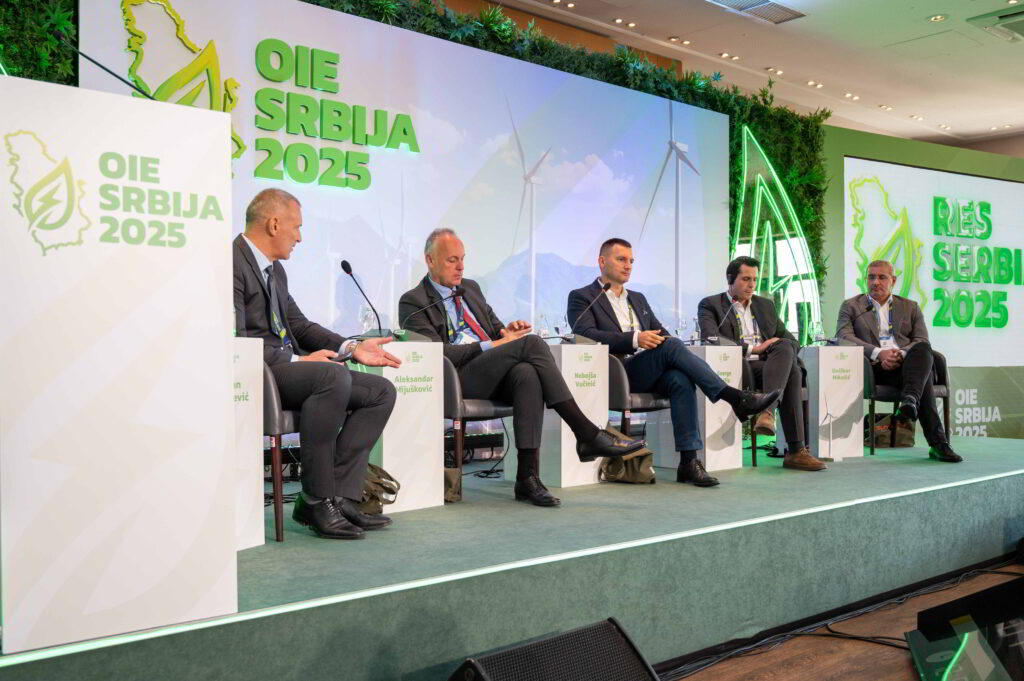In Serbia, around 18000 MW of renewable energy projects are currently in the process of being connected, of which 6000 MW are on the distribution network, while Montenegro has 6 GW of requests for connection – could be heard at the panel dedicated to transmission and distribution systems held at the RES SERBIA 2025 conference in Vrdnik.
The participants of the panel “Grid Connection Challenges and the Role of Battery Storage” discussed how many projects are realistic and feasible from the submitted requests, pointed out the importance of battery storage for the stability of the network, and analyzed the areas in which regulatory development in Southeast Europe lags behind other countries.
Among the participants were Aleksandar Mijušković, Chairman of the Board of Directors at Crnogorski elektroprenosni sistem, Nebojša Vučinić, Director of the Development Division at Elektromreža Srbije, George Tsifis, PV & BESS Key Account Manager at Sungrow and Dalibor Nikolić, Director of the Technical Systems of Elektrodistribucija Srbije. The moderator of the discussion was Goran Vukojević, Managing Director of Go2Power.
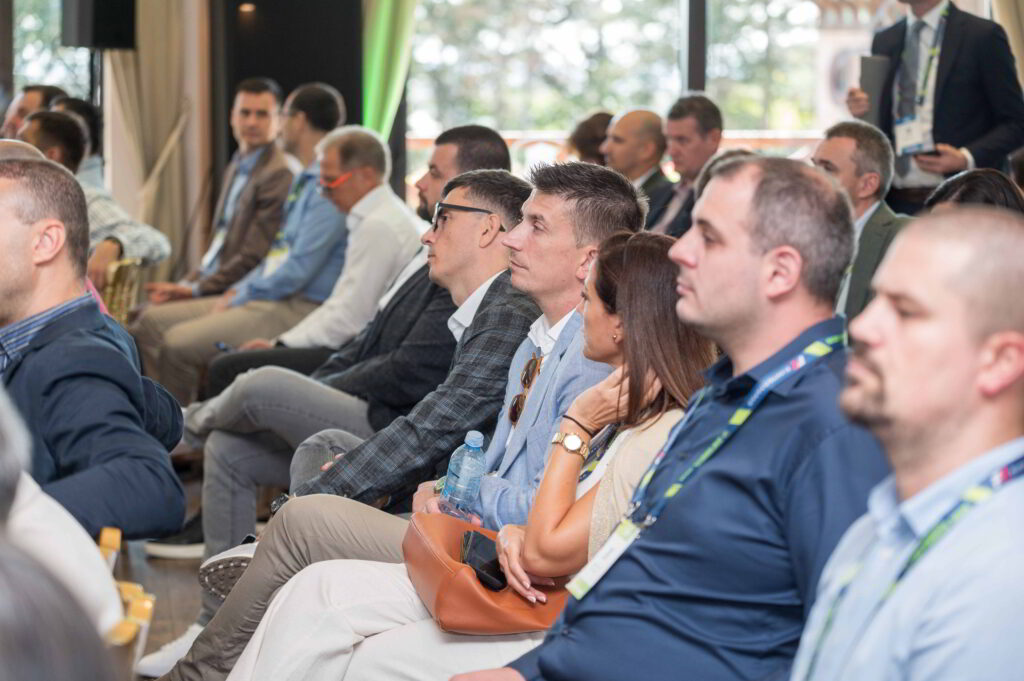
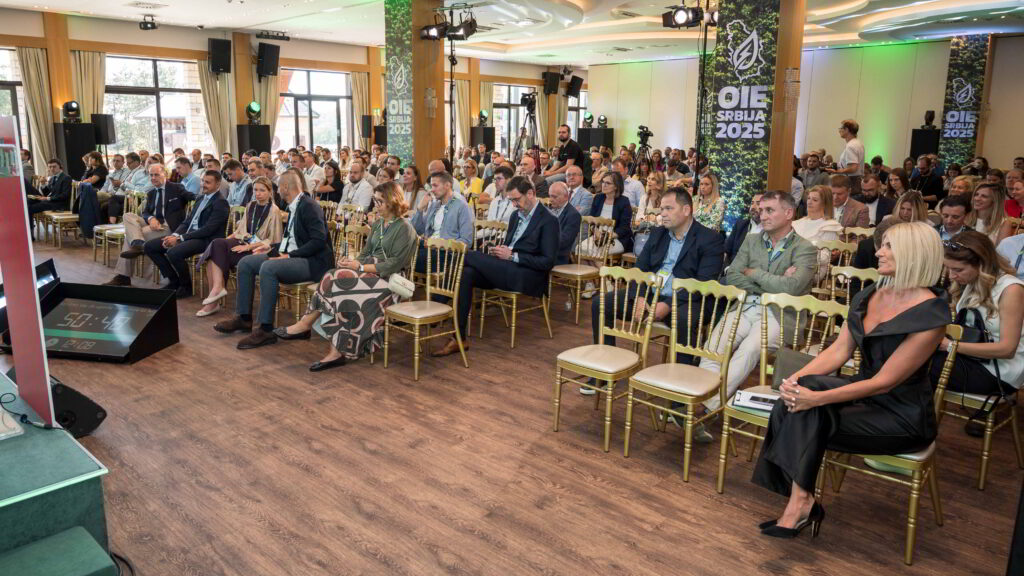
Interest in data centers in Serbia is growing
Nebojša Vučinić, Director of the Development Division at Elektromreža Srbije, pointed out that last year EMS had a rush to prepare connection studies, only to see the number of requests drop.
– It’s not just a matter of the number of requests, that is the least important. From the point of view of the system, megawatts are the most important. Currently, we have about 18000 MW in the connection process in various stages, 6000 MW in distribution plus transmission – Vučinić pointed out.

Nebojša Vučinić, Director of the Development Division at Elektromreža Srbije
He added that the data center industry is opening and that EMS has 2 requirements for these centers – one of 650 MW and the other of 100 MW. Also, at this moment, 2000 MW of batteries are in the process of being connected, with a total capacity of 6 gigawatt hours. 10 requests for independent battery storages are also in the process of being processed, said the panelist at the RES SERBIA 2025 conference.
– There are 10 facilities of 1000 MW in total. We are preparing connection studies that will be finalized at the end of the year, after which we hope to submit bank guarantees. Storage facilities can play a significant role in the balancing process, perhaps even greater than reversible hydropower plants – said Vučinić.
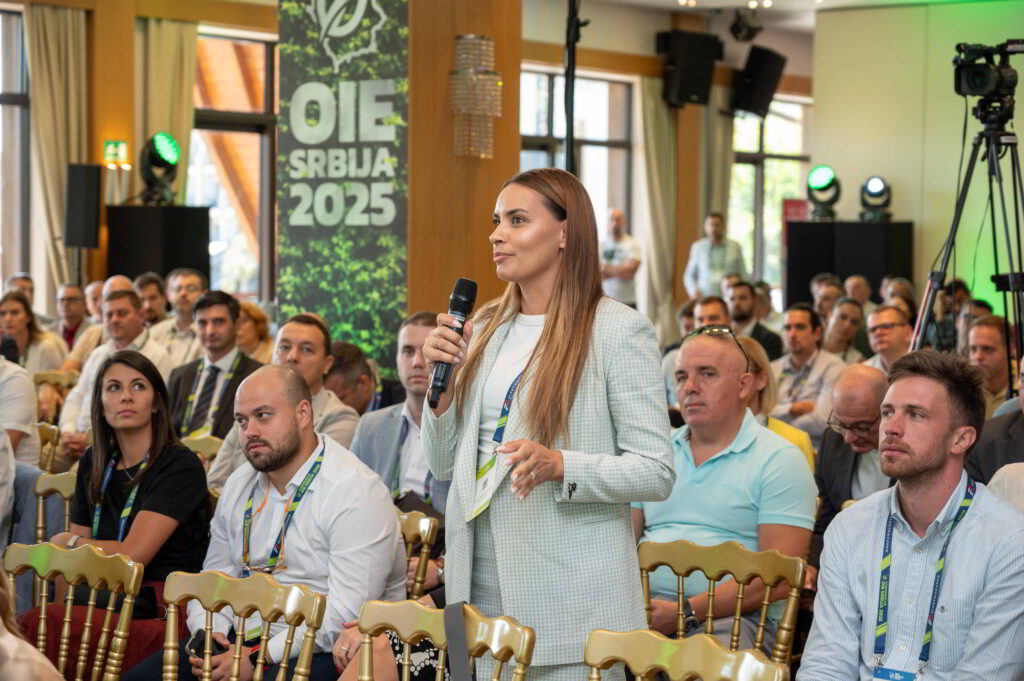

Director of the Development Division at Elektromreža Srbije mentioned that EMS is working on capital projects to strengthen the system, among which is the Trans-Balkan Corridor, on which, as he says, the beginning of the construction of the third section was marked a few months ago.
– By the end of 2027, it should be put into operation. Another capital project is Beogrid, for which we laid the foundation stone near Dobanovci. Also, the delivery of the variable shunt reactor for Vranje is in progress, since in Vranje we have the biggest problem with the voltage situation – Vučinić said.
6 GW of demand in the distribution system of Serbia
Dalibor Nikolić, Director of the Technical Systems in the Elekrodistribucija Srbije, stated that there are 2400 requests active in the distribution system, which collectively amount to 6.1 GW, which, as he estimated, is quite above the maximum peak that the distribution system achieves.
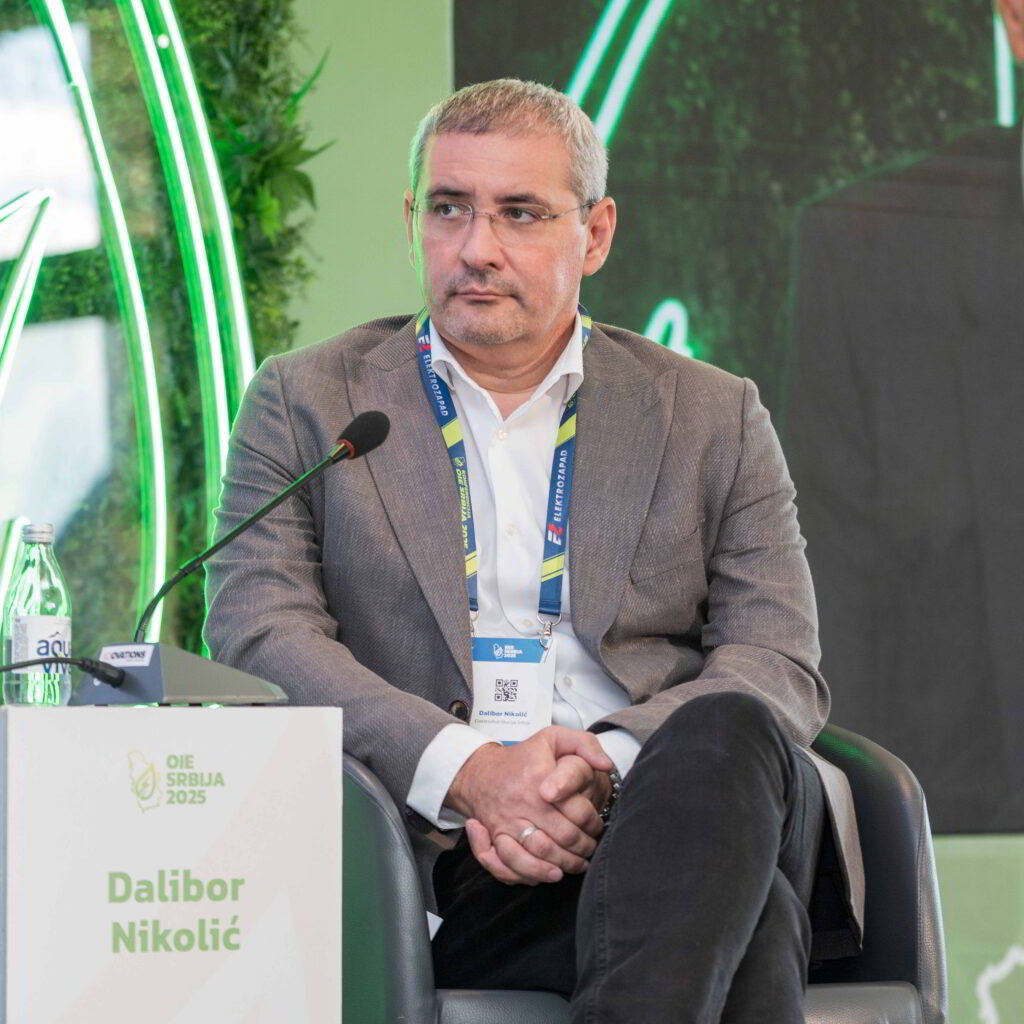
Dalibor Nikolić, Director of the Technical Systems in Elekrodistribucija Srbije
– We started euphorically, liberally, and that led to serious congestion. We have a lot of projects that have started and they have taken up space on the distribution system and we have to wait for time to free up the space – said Nikolić.
According to him, the analyzes show that there are only 400 power plants on the system. Of the submitted requests, less than 20% are feasible and realistic, explained Nikolić.
– The key moment came at the end of 2024, with the entry into force of amendments to the Law on Energy, the rules of the game were introduced, approvals for connection can be extended only one more time – emphasized Director of the Tehnical Systems in Elektrodistribucija Srbije.
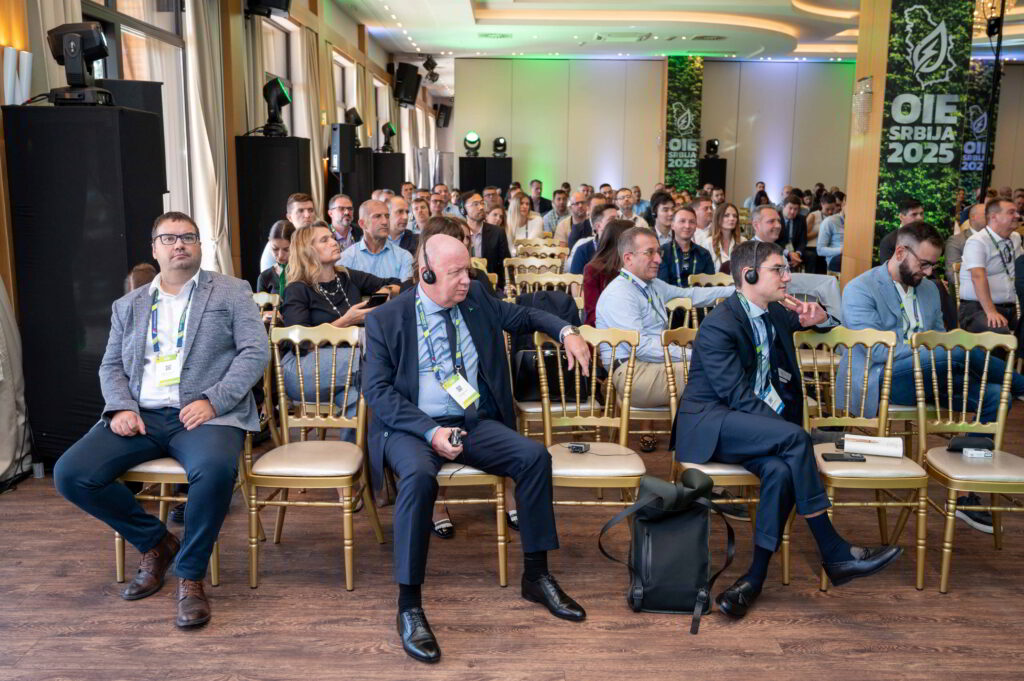
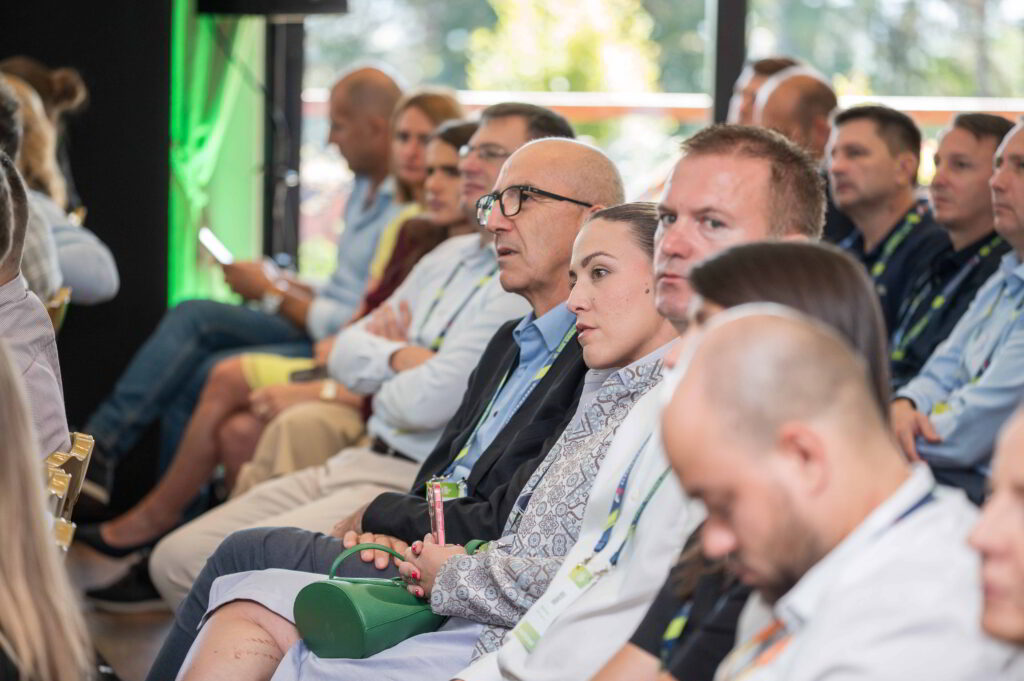
6 GW of request for connection in Montenegro
Aleksandar Mijušković, Chairman of the Board of Directors at Crnogorski elektroprenosni sistem, said that everything starts with the connection.
– Those of you who deal with business do not always start in that order, but I think we should start with the connection – emphasized Mijušković.
According to him, Montenegro has simplified the regulations for renewable energy projects, as well as the possibility to obtain all the necessary documentation.
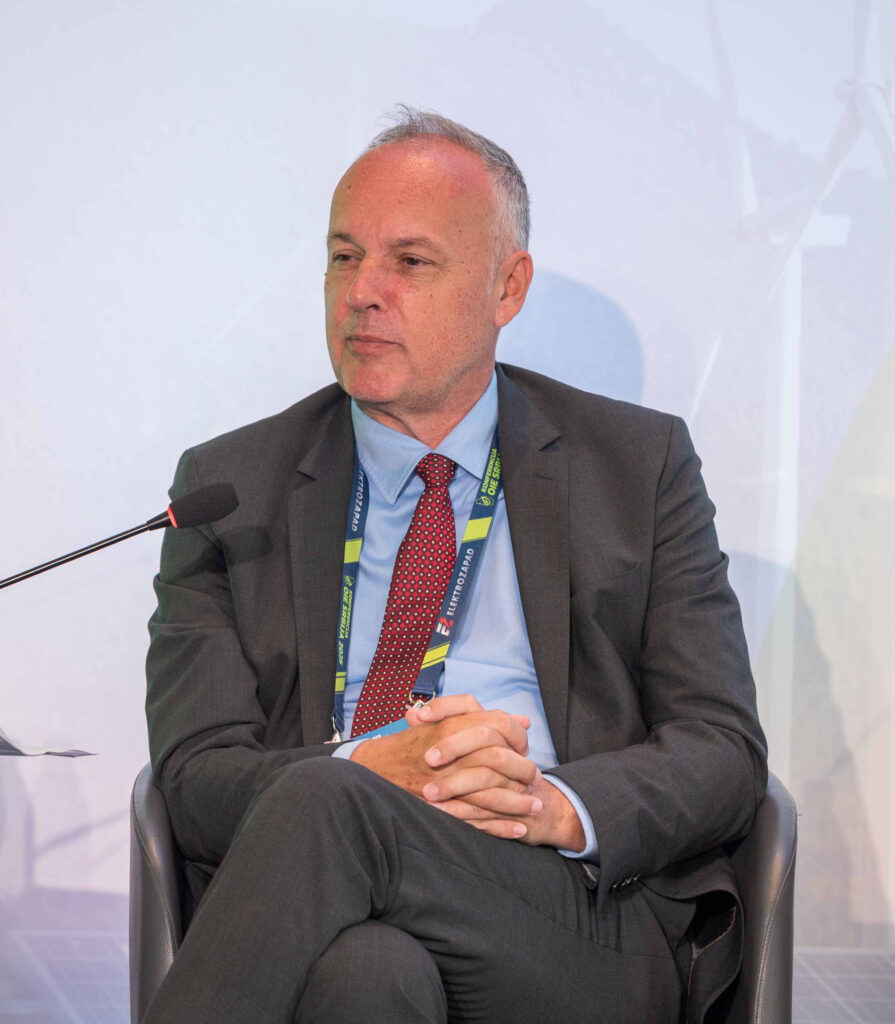
Aleksandar Mijušković, Chairman of the Board of Directors at Crnogorski elektroprenosni sistem
– We have 6 gigawatts of demand, and in Montenegro the maximum peak is 600 MW. We already have 10 times more requests than we spend in the peak, we are facing the problem of how we are going to connect everything – Mijušković said, adding that one of the most important projects, the Lastva-Pljevlja transmission line, will be completed by the end of the year.
Faster regulatory development is needed in Southeast Europe
George Tsifis, PV & BESS Key Account Manager at Sungrow, pointed out that there are technical challenges when connecting batteries to the grid alongside renewable energy sources. The first challenge, according to him, has to do with network capacity.
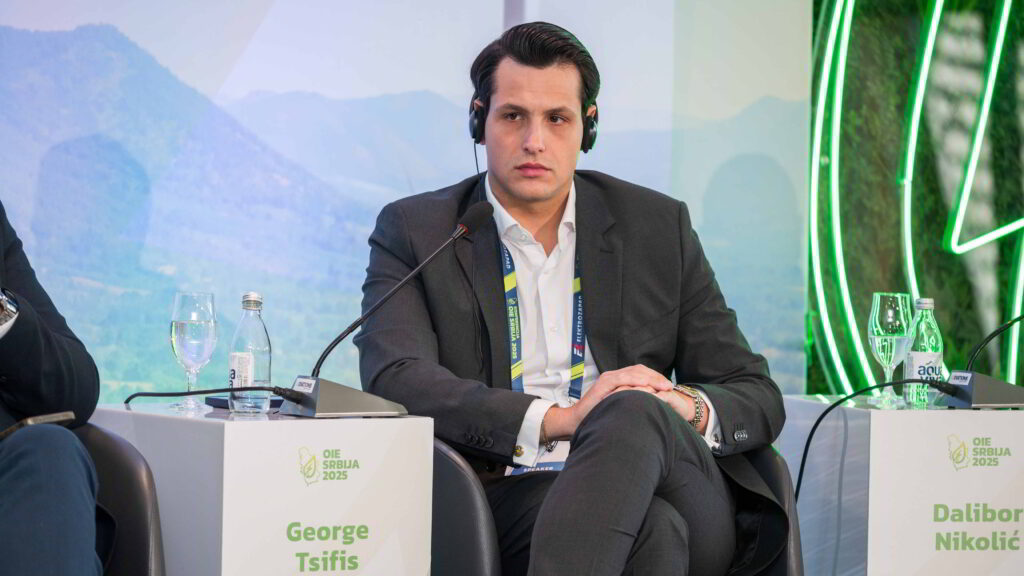
George Tsifis, PV & BESS Key Account Manager at Sungrow
– Not many networks have the capacity to effectively run these systems. The batteries must work in sync with wind and solar and this requires advanced intelligent control systems, which are currently under development. The key challenge has to do with performance and the life cycle – emphasized Tsifis.
According to him, progress in this area exists in countries such as Germany and Great Britain, while there are many challenges in Southeast Europe.
– Those challenges include very long permitting processes. Regulatory development in Southeast Europe must quickly catch up so that we can finish everything – Tsifis said, adding that it is also being analyzed how some solutions, such as green hydrogen, can replace conventional batteries.

RES SERBIA 2025 conference was held on 17th and 18th September in Vrdnik, organized by the Association Renewable Energy Sources of Serbia.


